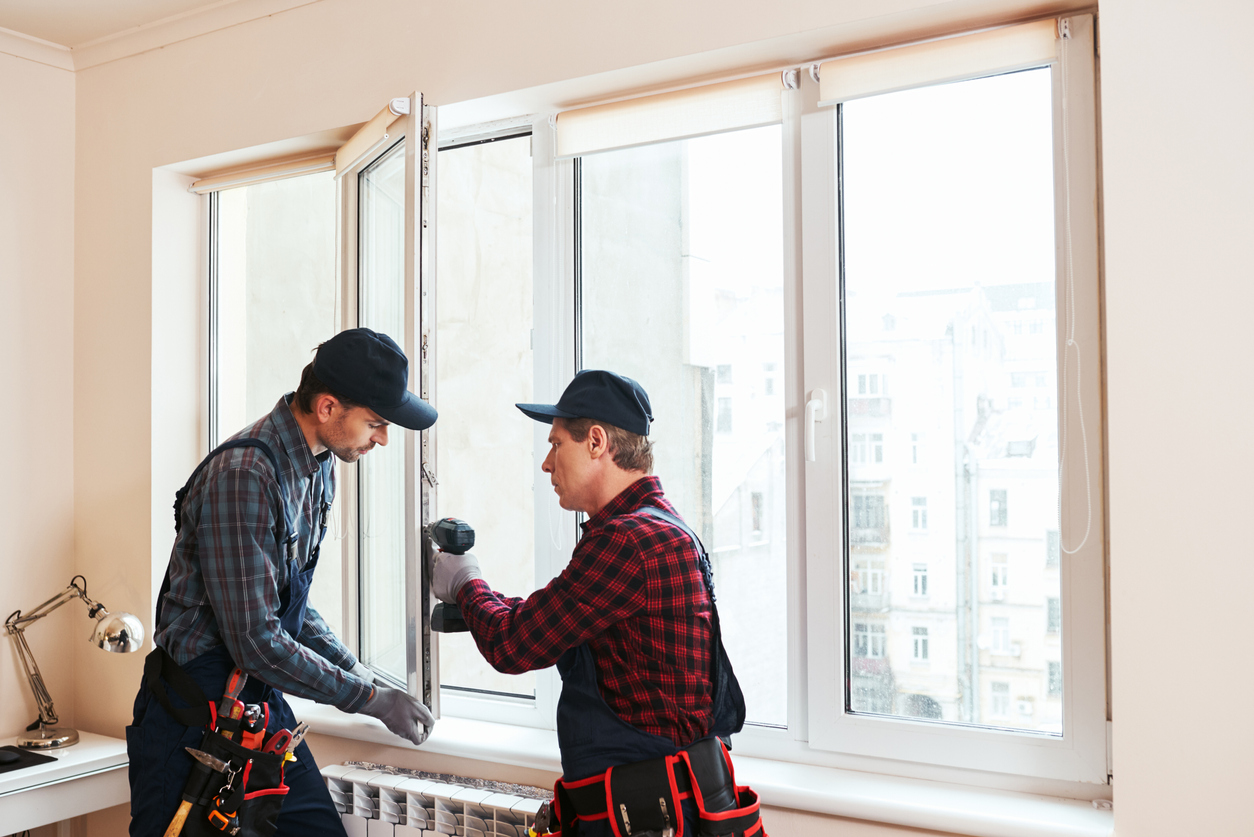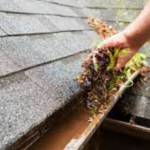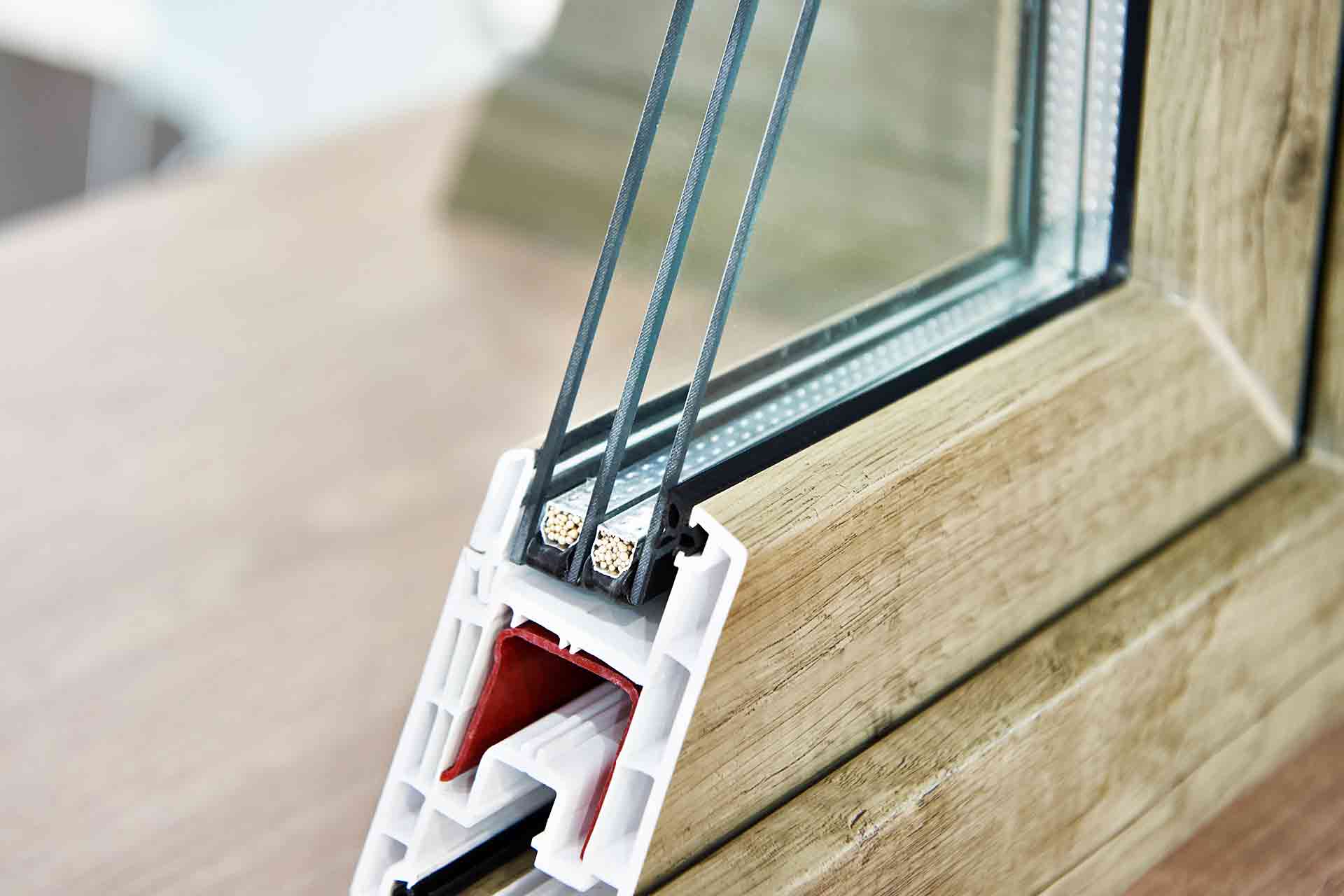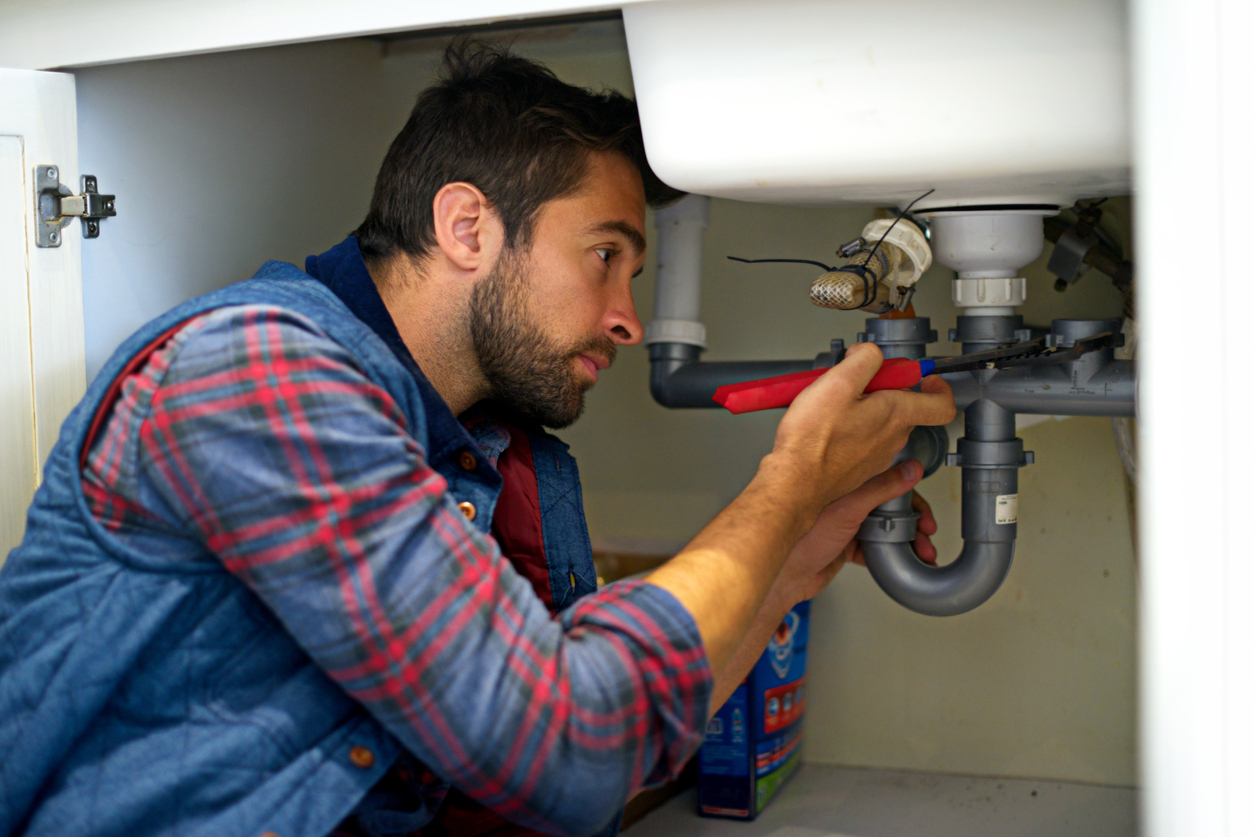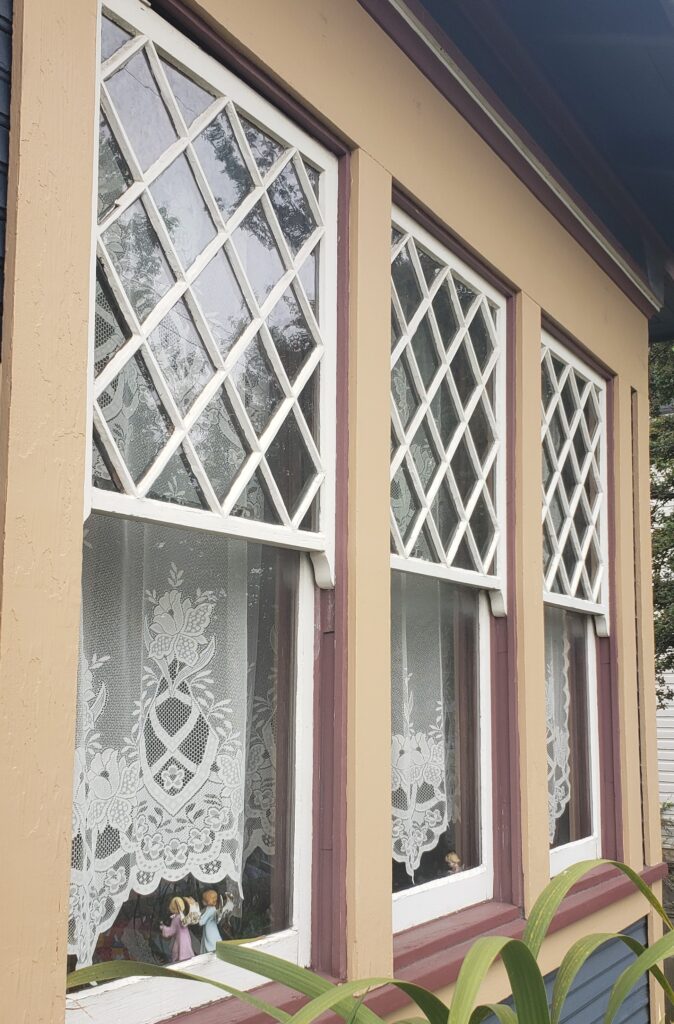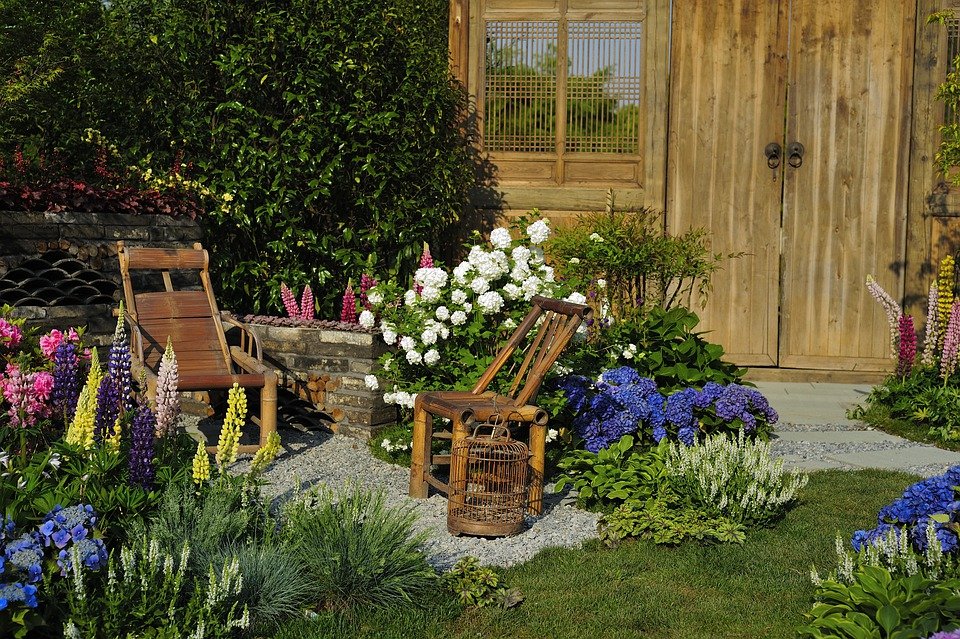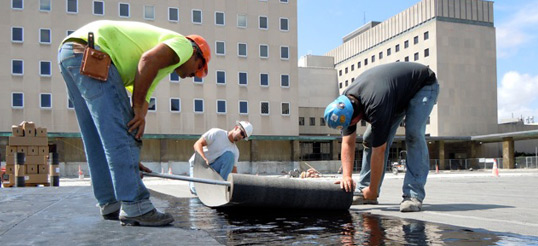Why Windows Get Condensation
Windows can be frustrating when they do not work as they should. But does condensation indicate a problem with the windows, their installation or something else? Below, we explore why your panes get condensation and what you can do about it. Some solutions are easier than you think.
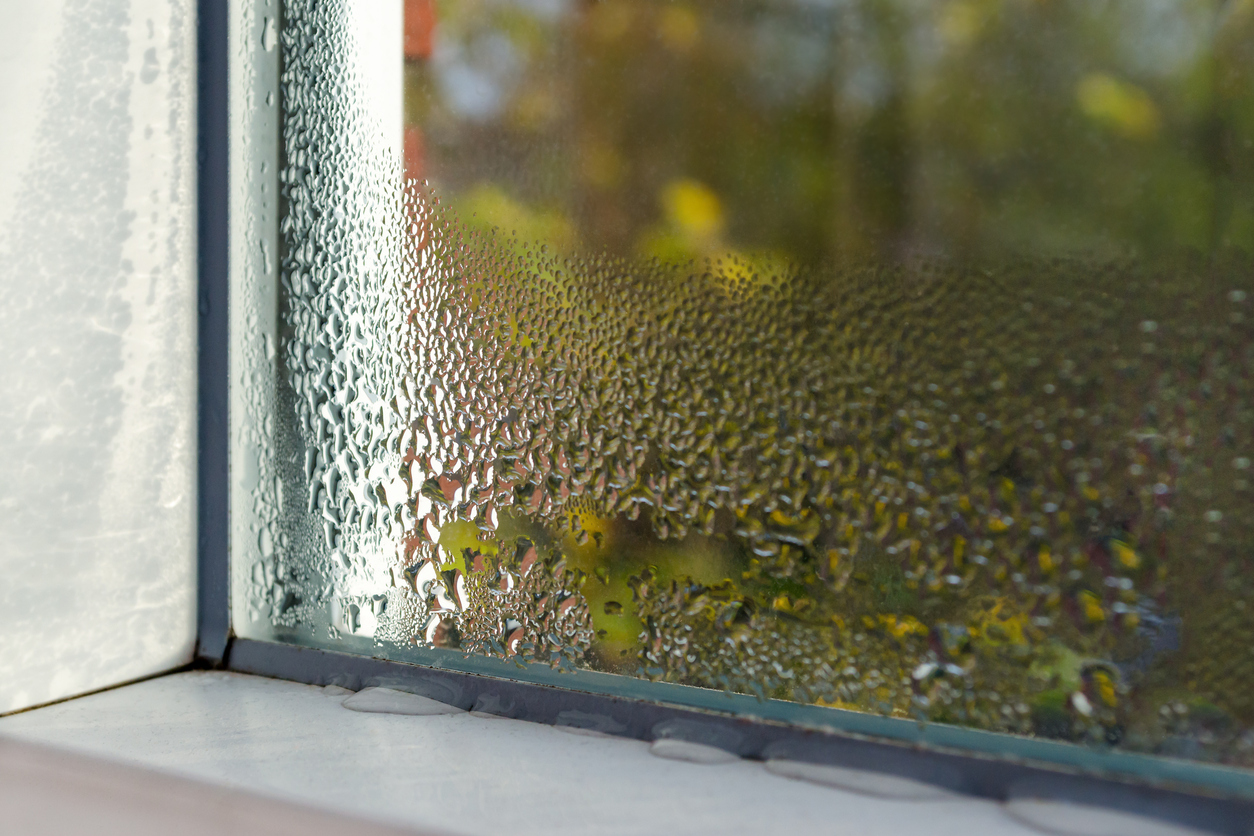
Common Causes of Window Pane Condensation
Moisture on your window panes is not always the problem you might think. In many cases, this condensation simply indicates your installer created an airtight seal. As a result, the moisture inside your home is not transferred to the outdoors. In other words, your home is relatively air tight. This can make you happy, in terms of your energy bills.
Most moisture on the panes forms because of warmer temperatures and higher humidity on one side of the glass. In winter, this condensation occurs on glass inside your home as your heater keeps things toasty. In addition to the heat, your home’s humidity stays locked inside while the weather is cold outdoors. The opposite occurs in summertime. This moisture is like the dew you see on plant leaves on warm, humid mornings.
Reduce Condensation Inside Your Home
It is not ideal to have water building up inside. If you want to reduce the amount of condensation, you can use a dehumidifier. Ideally, home interior humidity should range between 30 and 50 percent. If it is greater than 60 percent, you risk dust mite infestations and other issues. If it is too low, you can experience warping of wood within the home. If humidity is not a problem in your household, you can simply wipe the moisture from the glass using a soft cloth.
Other ways to reduce inside condensation on the glass include:
- Keeping window treatments or shades open to avoid trapping heat on the panes
- Circulating the air with ceiling fans rotating in a clockwise direction to push warm air down
- Turning down your humidifier, if you use one
- Ensuring appropriate ventilation in your home, especially in the kitchen, bathrooms and laundry area
- Using exhaust fans when cooking or showering
- Keeping firewood outdoors

When Condensation Occurs Outside on the Window Panes
If condensation is occurring outdoors on your panes, this is happening because the glass temperature is lower than the air’s dew point. It most typically happens in the spring, summer and fall. The summer is the time you will see this most since days are sunnier and hotter. The three conditions causing exterior condensation are high humidity outside, low wind or windless conditions and a clear sky at night.
Reducing Condensation on the Outside of Your Window Glass
Your window installation or quality is not a problem if you have condensation on the outside of the glass. This is typically related to the seasons and climate, as explained above. The sun will come out and burn the droplets away. Otherwise, if the moisture bothers you, you can apply water repellent to each pane. This is a product most often used on auto windshields for improved visibility during inclement weather. You can use it for the same purpose on your home’s exterior glass.
When Condensation Occurs between Glass Panes
If you have insulated glass, dual-panes or triple-panes, condensation occurring between these panes is certainly irritating. It obstructs a clear view and forms a foggy residue on the glass surface. Unfortunately, you cannot easily fix this problem like you can when moisture accumulates on panes inside or outside of your home. This condensation is a clear sign of glass seal failure.
When your glass seal has failed, your windows will not perform as they should. You need to contact your window installer for appropriate repairs. In some cases they can simply replace the panes. In others, you may need the complete window replaced.

I am Scott Miller and my love is writing about home improvement. I write mostly about home ideas, but also share some tips and tricks that can make your life easier when it comes to getting things done in the house.

